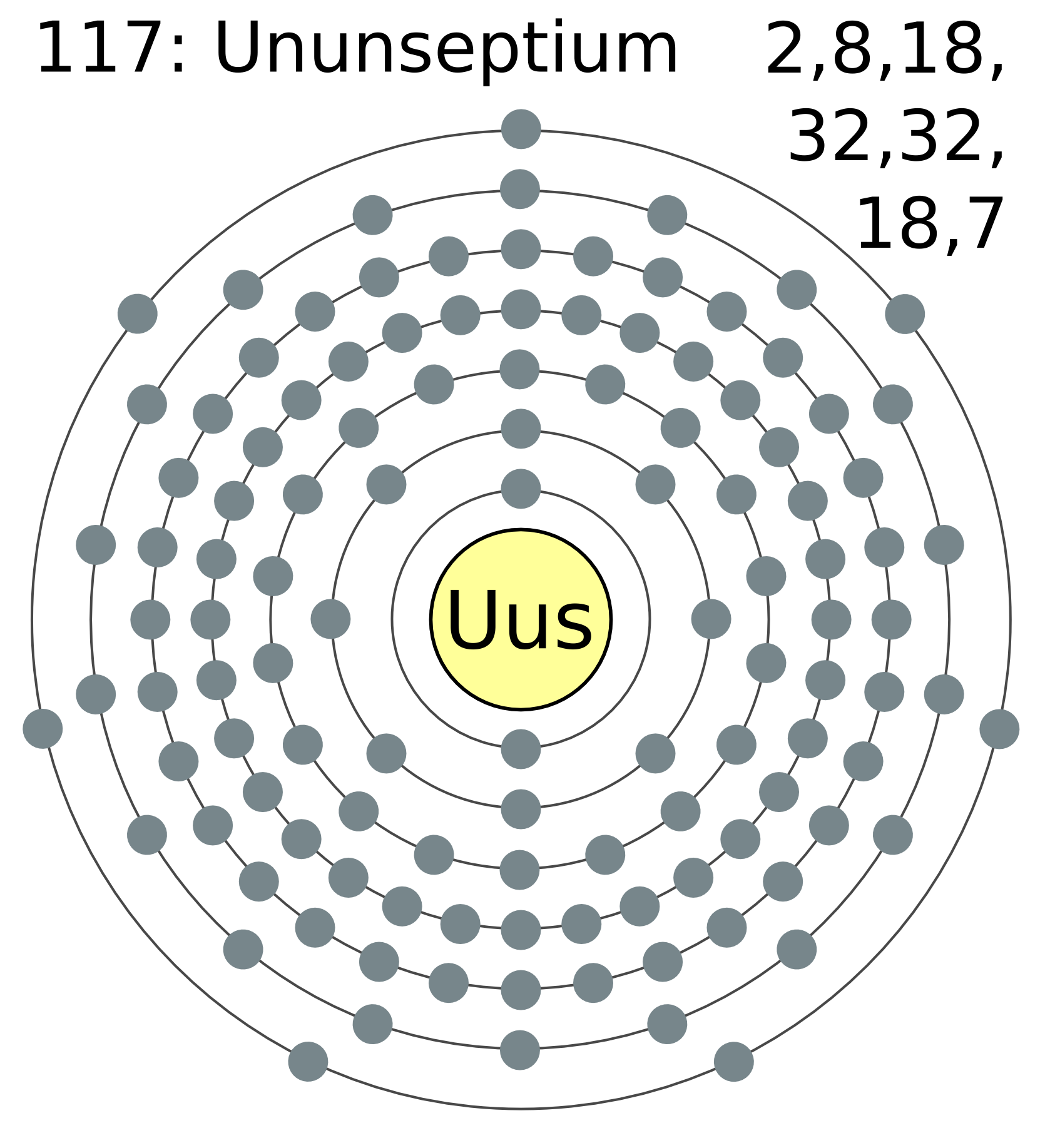 Chemistry is the melting pot of sciences simply because it coalesces biology and physics unlike any other discipline can. So it only makes sense to, for the sake of these other branches, explain the concept of molecular symmetry in both horizontal and vertical aspects. The chemist Roald Hoffman (pictured here) himself an educator, advocated for a horizontal teaching method, wherein a concept should only be explained in terms of that particular science. For example, symmetry could only be explained using the apropos nomenclature found in chemistry. That will be done in this blog. Having said that, it is also deemed important for people of other scientific disciples to come together and realize the importance of molecular symmetry in their own fields.
Chemistry is the melting pot of sciences simply because it coalesces biology and physics unlike any other discipline can. So it only makes sense to, for the sake of these other branches, explain the concept of molecular symmetry in both horizontal and vertical aspects. The chemist Roald Hoffman (pictured here) himself an educator, advocated for a horizontal teaching method, wherein a concept should only be explained in terms of that particular science. For example, symmetry could only be explained using the apropos nomenclature found in chemistry. That will be done in this blog. Having said that, it is also deemed important for people of other scientific disciples to come together and realize the importance of molecular symmetry in their own fields.
Another Nobel Prize winner
Michael Polanyi said at his banquet that "science begins when a body of phenomena is available which shows some coherence and regularities, that science consists assimilating these regularities in a natural way." Lets use our good ole' common sense for a second here and recognize that symmetry is nothing more but a manifestation of these regularities. Symmetry is one way in which we can recognize rules patterns. Things like molecular motions are dependent on the rules for symmetry.
A symmetry operation is one where there is a "permutation" of atoms so that the molecules the atoms compose or the crystal lattice structures transforms into something that is for all intents and purposes the same as the starting state. No physical property or wave function was damaged in the making of this operation. The nuclear arrangement and other things are static when there is a symmetry operation. However, there exists dynamic properties such as electronic structure and molecular vibration. In the case of molecular vibration, it is impossible to say that a molecule has perfect symmetry in any case. Bond lengths and bond angles perpetually change when this molecule in question is not at zero Kelvin.  There is a plethora of ways vibrations can affect larger molecules (the ones synthesized in the lab, wink, wink) but let us look at H20 as an example. Here the bonds can be elongated equally, bent symmetrically, or elongated asymmetrically. One can know the symmetry of a molecule from a method called vibrational spectroscopy.
There is a plethora of ways vibrations can affect larger molecules (the ones synthesized in the lab, wink, wink) but let us look at H20 as an example. Here the bonds can be elongated equally, bent symmetrically, or elongated asymmetrically. One can know the symmetry of a molecule from a method called vibrational spectroscopy.
 There is a plethora of ways vibrations can affect larger molecules (the ones synthesized in the lab, wink, wink) but let us look at H20 as an example. Here the bonds can be elongated equally, bent symmetrically, or elongated asymmetrically. One can know the symmetry of a molecule from a method called vibrational spectroscopy.
There is a plethora of ways vibrations can affect larger molecules (the ones synthesized in the lab, wink, wink) but let us look at H20 as an example. Here the bonds can be elongated equally, bent symmetrically, or elongated asymmetrically. One can know the symmetry of a molecule from a method called vibrational spectroscopy. There is a large number of possibilities but because many do not meet the criteria that symmetry puts forth, many are not considered to be bonding possibilities.
 Symmetry is essential in materials science. Symmetry is considered in crystals (one unit cell structures) and pseudo-crstals (more than one unit cell). After its discovery in 1982 in an electron-diffraction experiment, pseudo-crystals demonstrated ten fold symmetry which was something that was a true revolution in crystallography. Discovery and creation of new compounds is born at this moment. Symmetry considerations now can be used to assist research in synthesis and discovery. And this is where our trek begins. The synthesis of symmetrical compounds and their implications, moral, scientific, and practical.
Symmetry is essential in materials science. Symmetry is considered in crystals (one unit cell structures) and pseudo-crstals (more than one unit cell). After its discovery in 1982 in an electron-diffraction experiment, pseudo-crystals demonstrated ten fold symmetry which was something that was a true revolution in crystallography. Discovery and creation of new compounds is born at this moment. Symmetry considerations now can be used to assist research in synthesis and discovery. And this is where our trek begins. The synthesis of symmetrical compounds and their implications, moral, scientific, and practical.






